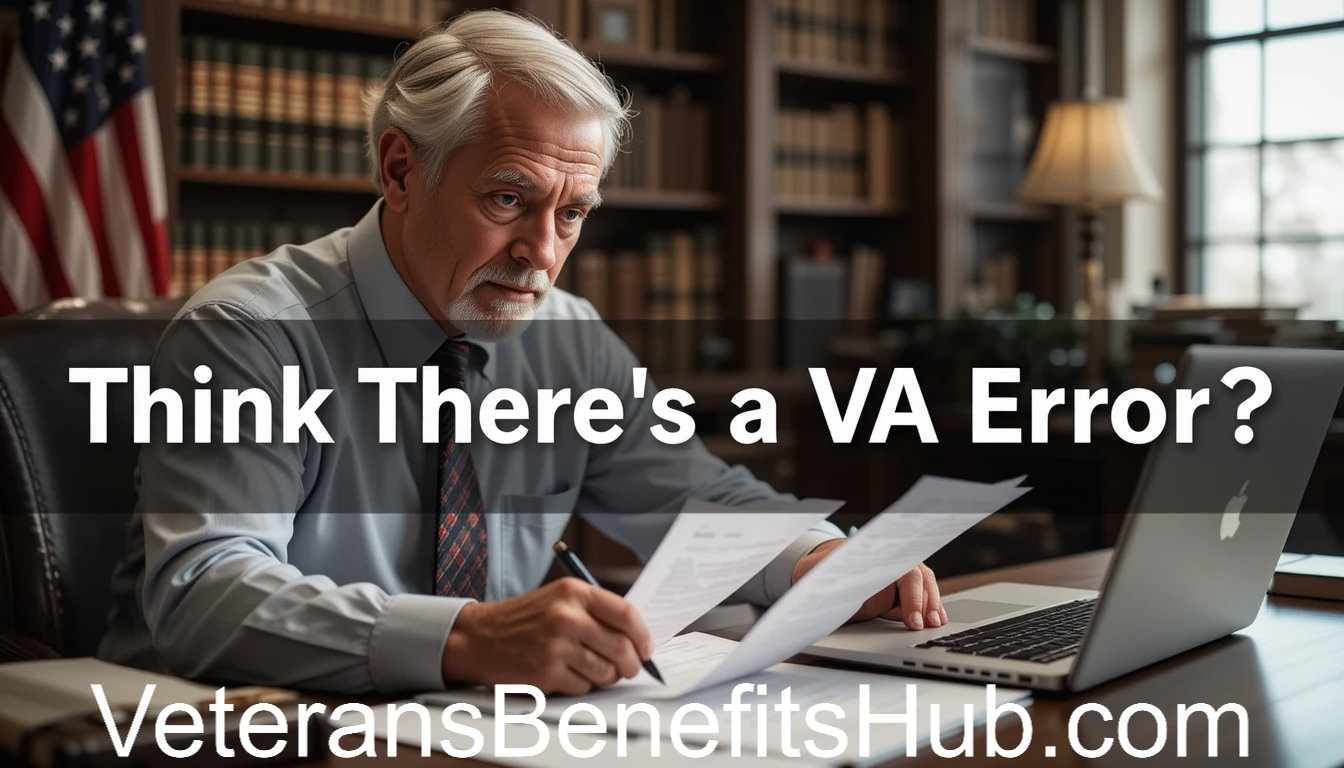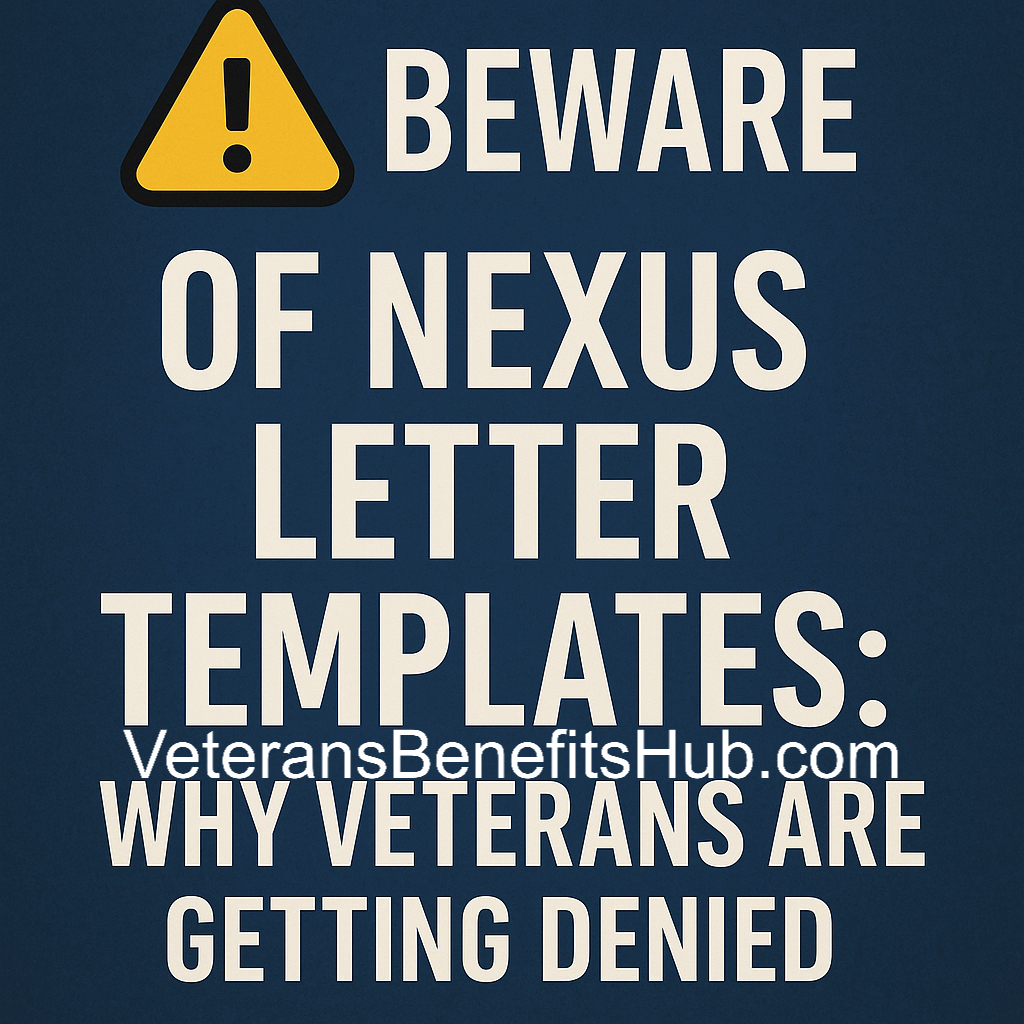VA Scandal Uncovered: The System’s Dismissal of Private Medical Evidence

The VA’s Common Tactic: Denying Private Medical Evidence
The Department of Veterans Affairs (VA) frequently dismisses private medical evidence in disability claims. This practice undermines veterans’ rights and is inconsistent with the VA’s own published policies, which state that independent medical opinions (IMOs) are valid for rating purposes.
Despite these policies, VA adjudicators often find ways to disregard such evidence, frequently during the claims process and more commonly in initial decisions rather than appeals. This behavior delays justice and contributes to unnecessary appeals.
Independent Medical Opinions Are Legally Valid
An independent medical opinion from a licensed private doctor is sufficient for rating purposes under VA regulations. The law does not require long-term treatment relationships, geographic proximity, or specific employment arrangements with the VA for a doctor’s opinion to be considered valid.
Though proximity may sometimes be viewed favorably by VA staff, there is no legal requirement for the physician to be located within the veteran’s state. Out-of-state medical opinions are legally acceptable, particularly when VA options have been exhausted or local providers are unavailable or unfamiliar with VA standards.
The VA’s Double Standard
While private medical opinions are often scrutinized or dismissed, the VA routinely schedules Compensation & Pension (C&P) examinations with contracted physicians who are out of state, unfamiliar with the veteran, and only see the veteran once. These C&P opinions are then given considerable weight in the claims decision—even though the same standards used to dismiss private opinions would logically apply to them as well.
Common reasons VA adjudicators cite when rejecting private medical opinions include:
- Physician did not review the complete VA claims file.
- Physician resides out of state.
- Lack of a long-term treatment relationship.
- Bias due to compensation for services rendered.
Meanwhile, these same characteristics are often true of C&P examiners, whose opinions are accepted without similar scrutiny. This reflects a clear inconsistency in how evidence is weighed and used to support or deny claims.
Responding to a Denial
Upon receiving a denial that dismisses valid private medical evidence, the most effective response is often to request a Higher-Level Review. This level of review allows the claimant to challenge the legal adequacy of the decision without introducing new evidence.
Below is an example of language commonly used in denial letters:
“Private medical evidence and opinion were received. However, the evidence was not deemed sufficient for evaluation purposes. The private examiner did not have access to the full claims file and resides outside of the claimant’s locality. Long-term treatment is not assumed. A VA examination was conducted instead.”
This type of reasoning can be directly challenged. The following steps are recommended:
- File a Higher-Level Review request (VA Form 20-0996).
- Do not request an informal conference unless required.
- Provide a short, factual statement correcting the VA’s errors.
Example statement for the Higher-Level Review:
“Private medical evidence was submitted to support the disability claim. The physician reviewed the complete VA claims file, which was provided on [insert date]. The VA’s rationale for rejecting the evidence—citing the physician’s location, lack of long-term treatment, and alleged incomplete review of records—is contrary to VA regulations. The evidence meets all legal criteria for consideration and was improperly dismissed.”
Legal arguments should be grounded in fact. There is no need to address irrelevant points such as whether the physician saw the claimant once or is located out of state. VA examiners often meet the same criteria, and this inconsistency can support the argument that the decision was arbitrary and capricious.
Strategic Considerations
The VA claims process is adversarial in nature. Each submission of evidence is a strategic move, and each VA decision is a counter. The goal is to build a strong, evidence-based case and respond methodically, not emotionally.
In cases where the VA entirely disregards valid medical evidence, filing a Higher-Level Review is often the most appropriate next step. If that fails, escalation through supplemental claims or appeals to the Board of Veterans’ Appeals may be warranted. Legal representation can also be considered at any point in the appeals process.
Disclaimer
This article is for informational purposes only, portions are opionated, and does not constitute legal advice. Veterans should consult with an accredited Veterans Service Officer (VSO), claims agent, or attorney to obtain advice tailored to their specific situation.



